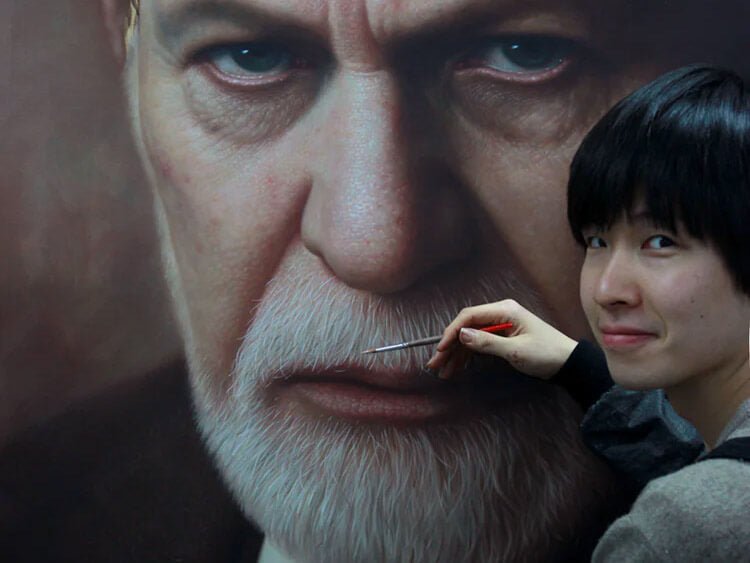Aristotle once said: ‘A corpse is repulsive, but the painting of a corpse can be beautiful.’ And I say, ‘Purulent acne is repulsive, but the painting of a pimple can be beautiful.’

Jeong's hyperrealism
Jeong creates hyperrealistic paintings based off of Greek sculptures, friends, family and his favourite actors. His first works were those close to them, and then moved onto the ancient Greeks.
Jeong has been inspired by not only the human body, but also nature as you should study nature to study the imperfections of the human body. The classical arts of the Greeks idealises the human form, but Jeong brings that down and scatters it in the world of the real by making it human.





